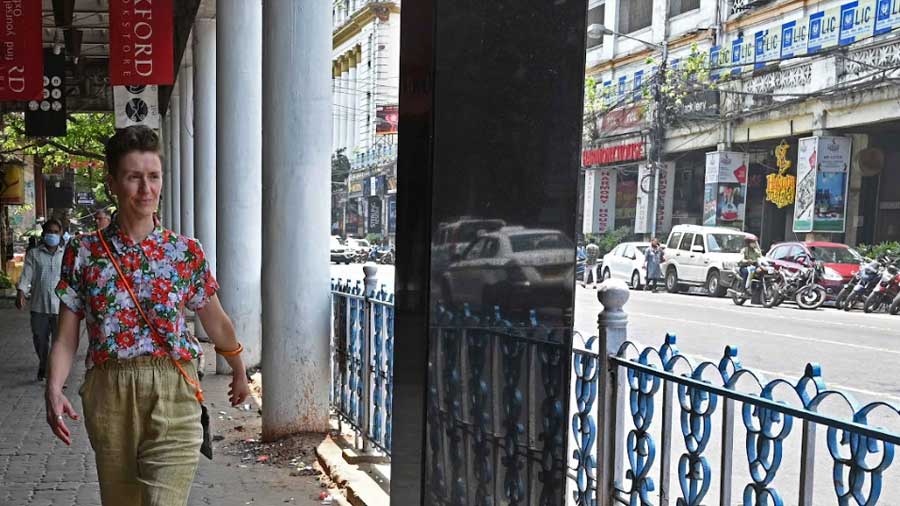London-based dancer and choreographer Jose Agudo visited Kolkata in early December to lead a workshop at the Ananda Shankar Centre for Performing Arts. His time in the city culminated in three mesmerising dance dramas performed by students and some ex-students of Tanusree Shankar, highlighting finesse, grace and energy. In an insightful conversation with My Kolkata, Agudo shared his journey, inspirations and the universal hero’s narrative that drives his work.
My Kolkata: What brought you to Kolkata to work with Tanusree Shankar?
Jose Agudo: My connection with India goes back 18 years, to 2006, when I came here for yoga teacher training at the Sivananda Ashram in Thiruvananthapuram. It transformed me, rekindling my spirituality and introducing me to structured breathing and meditation. Later, I moved to London and worked with Shobhana Jeyasingh’s dance company, where I fell in love with Indian dance forms like Bharatanatyam and kalaripayattu.
When Tanusree invited me to Kolkata, it felt natural to give back to a culture that has given me so much. India has shaped my artistry in immeasurable ways.
How did these Indian influences merge with your Spanish roots, particularly flamenco?
Flamenco was my first love, but after immersing myself in Indian dance, I saw flamenco through a new lens. I developed “Flamenco Roots”, a contemporary approach that makes the style accessible to everyone. It’s less about traditional flamenco tropes and more about embracing authenticity.
For this workshop, I selected pieces that fuse flamenco’s passion with Indian movement aesthetics, creating a unique synergy that resonates globally.
‘My movement is a celebration of who I am’

Boldness naturally infuses his dance, feels Agudo
Your work often features bold, dramatic gestures and powerful storytelling. What inspires this style?
I grew up in Andalusia, Spain, where life is unapologetic and confrontational. This boldness naturally infuses my dance. Initially, I tried to suppress my flamenco roots in contemporary dance, but every choreographer I worked with encouraged me to embrace them. Now, my movement is a celebration of who I am — a blend of flamenco’s intensity and contemporary dance’s fluidity.
Tell us about your solo piece, The Hero.
The Hero is inspired by Joseph Campbell’s concept of the hero’s journey. It’s a universal narrative that mirrors life’s challenges and triumphs. This piece explores themes of surrender, resilience and self-realisation, using autobiographical elements to connect with the audience.
It’s a reminder that each of us is the hero of our own life. We must take ownership, whether through celebration, reflection or perseverance.
‘I want people to see themselves in my work and feel empowered to own their stories’

Agudo sees dance as a way to explore identity, culture and humanity
The climactic pose in The Hero echoes the Crucifixion. Was that intentional?
Not directly. I grew up surrounded by images of Christ, but The Hero is more about being a warrior in life. It’s about facing challenges, embracing vulnerability and emerging stronger. That pose symbolises surrender and strength — a poetic yet real depiction of life’s journey.
Lastly, what message do you hope to convey through your work?
Dance, for me, is about universality. Whether it’s flamenco, Bharatanatyam, or contemporary movement, it’s a way to explore identity, culture, and humanity. I want people to see themselves in my work and feel empowered to own their stories.


